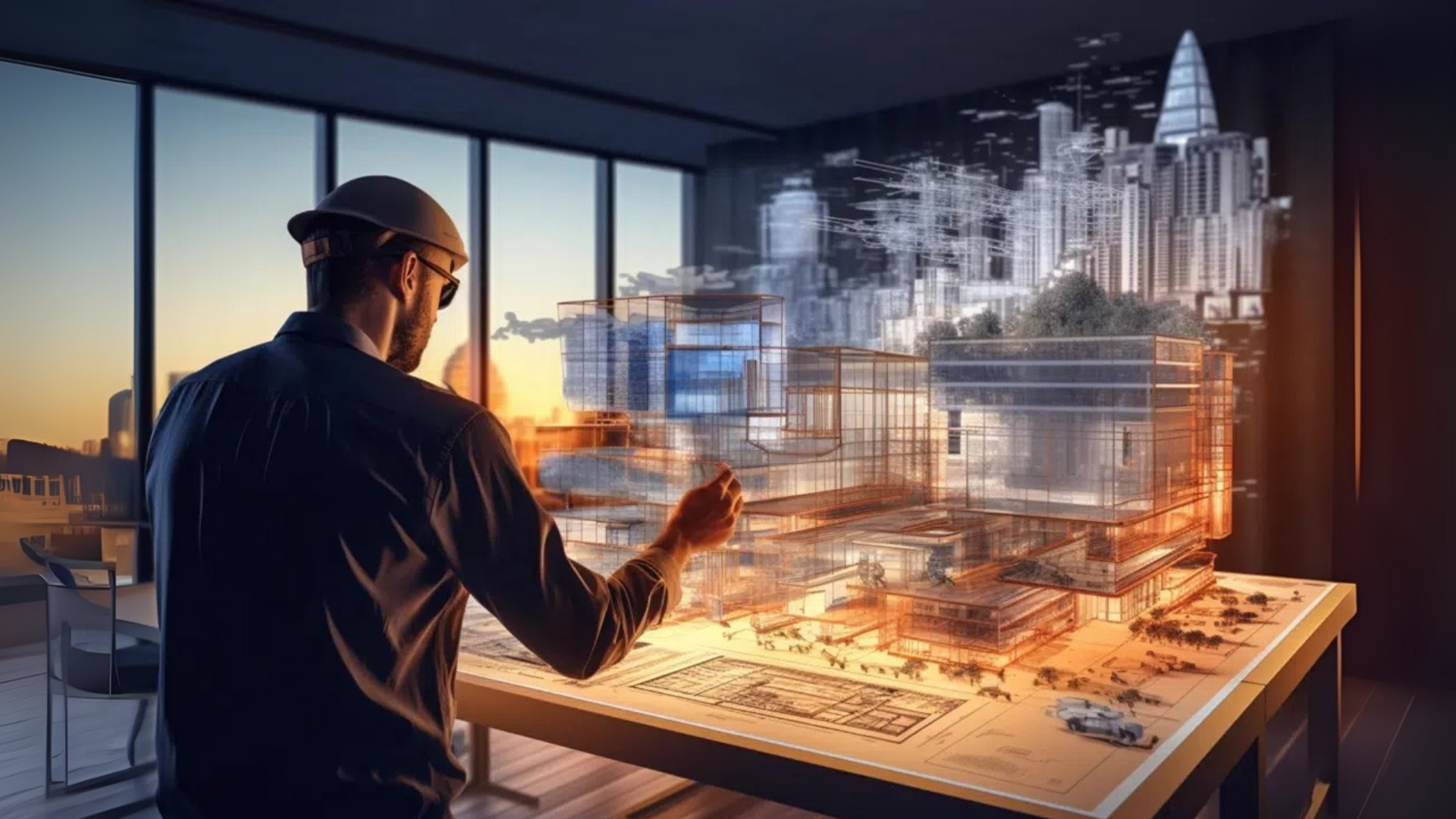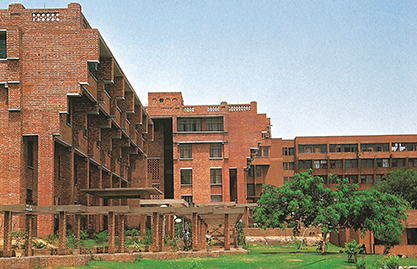How AI Can Prepare Budding Architects for the Professional World
Artificial Intelligence has become the defining word for this decade. It has birthed many tools that have made it clear that AI will impact our personal and professional lives significantly. In every era, technology has evolved with humans; as for AI, we are still gauging the pace at which it will take further strides. Instead of perceiving it as the beginning of our doom, architects and urbanists need to see this technology as an aid to humankind.
We must embrace it to approach our working method in advanced ways. It is time that we understand the need to use this technology right from the formative period of an architect’s educational journey.
Need to Align With the Marching Technology
Many Indian architectural and construction practices can be seen including AI in design ideation and analysis. Yet, the architectural pedagogy and education models still focus on decades-old teaching practices. Professionals born out of such architectural schools might find themselves falling short of the skills required in the professional world. To bridge this gap, it is clear that including AI in the architectural educational system is crucial with its many benefits.
AI Helps in Informed Decisions in Lesser Time
Artificial Intelligence can help design students access and analyse vast repositories of data. While designing, there is always a need to assess and decide on building materials, architectural styles, energy consumption patterns, etc. Sometimes, such tasks become a drag, leaving little room for experimentation and innovation. These days, many architectural modelling softwares offer the option of creating generative designs. This can help students define parameters and then use AI to generate multiple design options quickly. This option is faster and more time-efficient than drafting or modelling each iteration individually.
Moreover, it can help and teach students to approach their projects in an environmentally conscious manner by lending the facility to run various simulations that help analyse the building design’s energy performance while also suggesting what changes can be made to improve it. This way, students can make better-informed decisions.
AI Enhances Imagination
AI-powered visual tools such as VR (virtual reality) and AR (augmented reality) can help architecture and design students as learning tools. They can help budding architects translate their designs into a digital reality by simulating the experience of the space they imagine.
This way, Artificial Intelligence can act as a learning tool that can help the students to identify gaps in their designs and improve upon them.
These tools can also assist students in understanding construction sites by overlaying digital visuals on actual buildings. Ultimately, this can train them for site visits and audits, which are necessary in the professional world.
Using AI to Strengthen the Education Model
Artificial Intelligence can also be explored to help redefine the existing architectural education model. It can forecast future trends and requirements for the AEC industry based on which courses and modules can be introduced within the curriculum. It can also offer personalised learning for students by gauging their current skill levels and laying out a detailed plan of action to help them attain expertise in different domains.
This way, by facilitating informed decision-making and time-efficient execution, AI can help the budding architects of today create more reliable, creative and innovative solutions for future cities.








